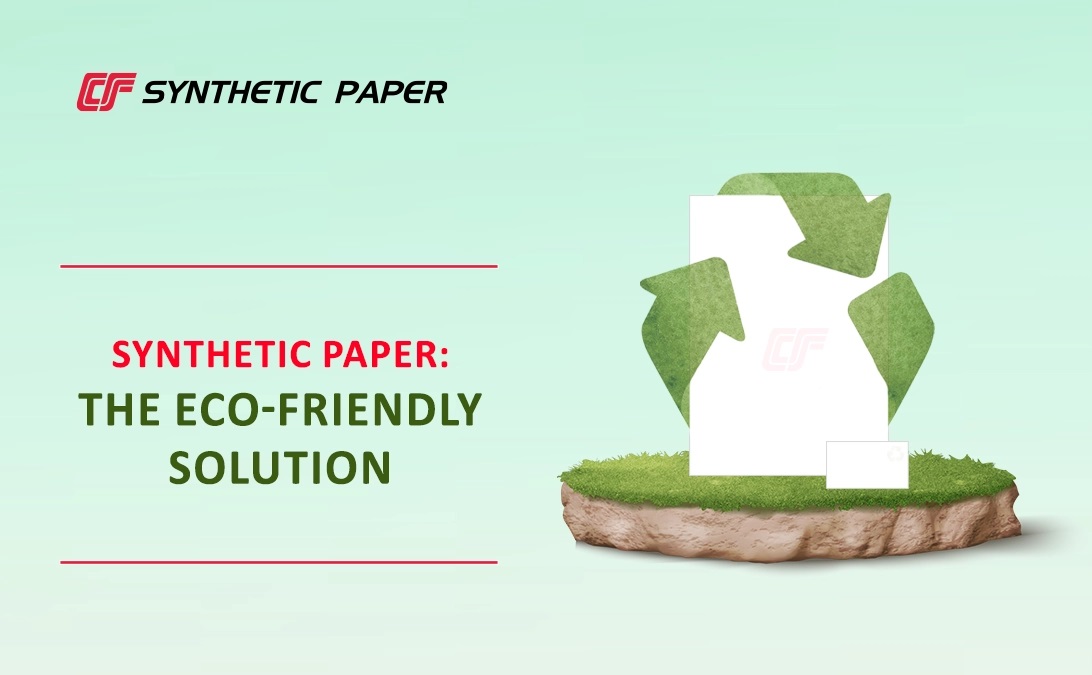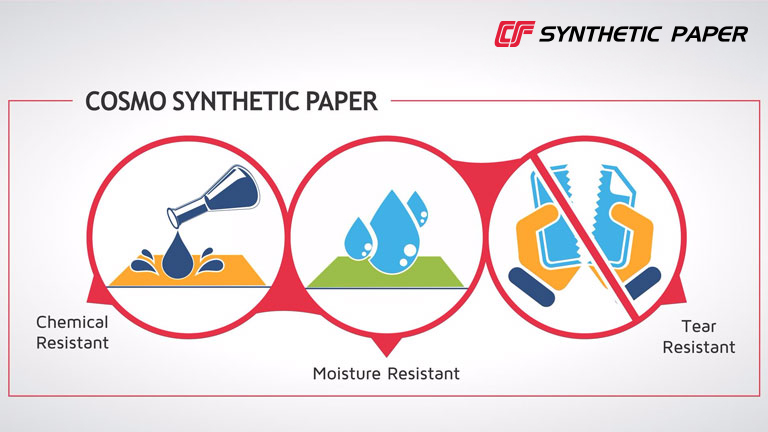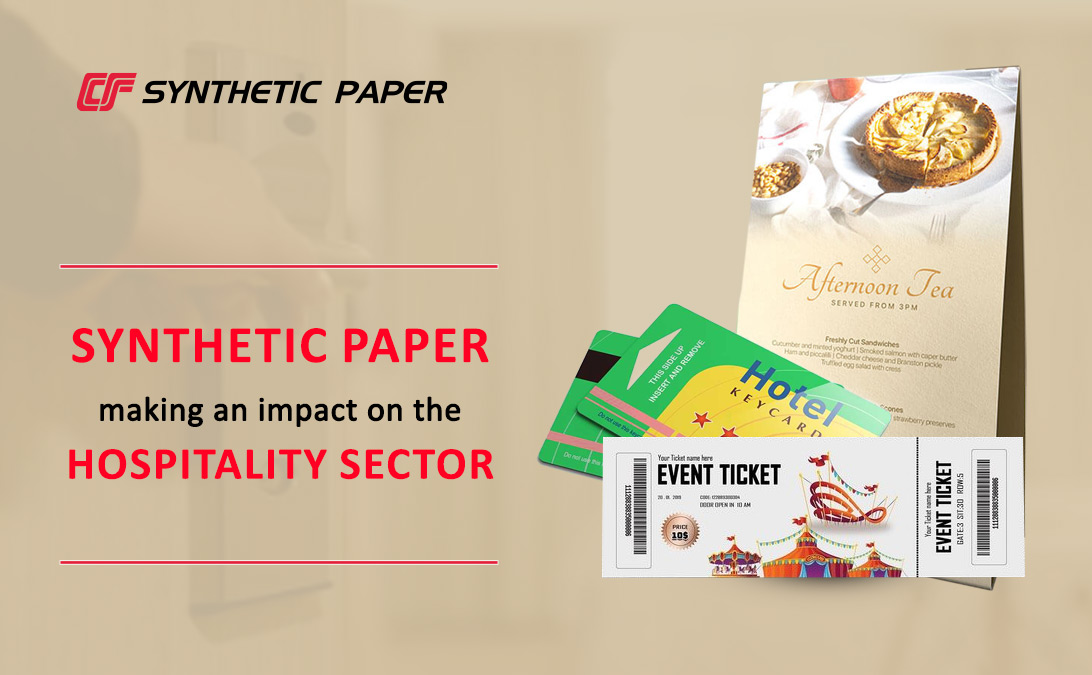Do you know why many companies are turning to
synthetic paper for their printed applications? It is because of its synthetic
paper’s unique blend of resilience and premium appearance. Made using
polypropylene films, Cosmo Synthetic Paper is tear-resistant, waterproof,
and long-lasting, too. It’s ideal for industries like manufacturing,
retail, hospitality, healthcare, food and beverage, and logistics.
While this innovative paper offers clear advantages,
printing on it requires specific considerations which help preserve colour accuracy, adhesion, and premium print quality.
Let’s look at some tips to help you print efficiently
on synthetic paper without compromising on quality.
·
The right printing technology
Not all printing methods are the same. The best printing
result depends on equipment, ink type, and intended use. Offset printing is ideal for high-volume printing where image
quality and consistency matter. You must use specially formulated inks that can
adhere to non-porous surfaces. Digital printing is ideal for short runs or
variable data printing. Dry toner-based printers (such as laser printers)
perform better.
For UV printing, UV-cured inks dry instantly under ultraviolet light and create a durable and vibrant finish that resists smudging and fading. Thermal transfer printing is commonly used for labels and tags. When combined with compatible ribbons, it provides high durability and scratch resistance.
·
Use inks designed for non-porous surfaces
Synthetic paper is non-absorbing. Thus, the ink sits on top of the surface. Opt for UV-curable, solvent-based, or resin ink formulated for synthetic paper. You can do a small batch test first to check ink adhesion and drying speed, and then proceed with a full production run.
·
Proper paper handling and storage
Before printing on this non-tearable paper, handling and storage can impact on final print quality. Make sure the printed application is stored in a cool, dry, flat environment. Also, ensure proper handling to prevent costly downtime or reprints.
·
Test for adhesion and durability
Applications exposed to moisture, friction, or outdoor conditions must be tested for print durability on synthetic paper. Considering conducting tape tests (press and remove adhesive tape to check ink lift) or performing rub and scratch tests to simulate handling wear. Also, expose samples to UV light, humidity, or temperature fluctuations to verify resistance.
·
Added finishing
Finishing enhances the visual appeal and performance of
the printed material. Depending on your application, consider the following
options:
ü
Hole punching or folding: Use sharp tools
and controlled pressure to maintain clean edges and prevent cracking.
ü Die-cutting or embossing: Synthetic paper is flexible yet durable, allowing creative shapes or textures without tearing.
·
The right supplier
High-quality prints on synthetic paper often depend on various factors – like having the right manufacturer, supplier, and printing
partner. For your application, pick someone who knows the nuances of synthetic
paper and can provide advice on compatible printing technologies and sample
testing before full-scale production. Partnering with experts ensures reliable
quality, reduces trial-and-error costs, and helps businesses deliver durable,
premium printed materials.
Printing
on PP synthetic paper is ideal for businesses that want both durability
and great design. By teaming up with a reliable manufacturer and supplier who
understands the special features of synthetic paper, you can make sure your printed
applications look their best.












